Transfer Learning in NLP
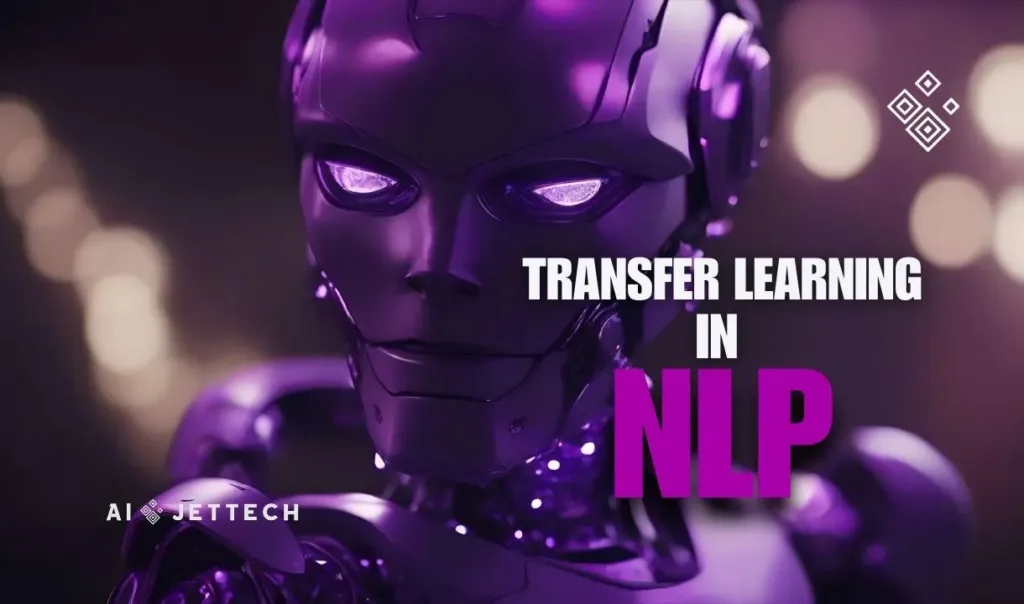
What is Transfer Learning? Transfer learning, a cornerstone in the realm of Natural Language Processing (NLP), transforms the way we approach language models. It’s akin to giving a new employee a comprehensive manual about your company’s operations, significantly shortening their learning curve. In NLP, this “manual” comes in the form of pre-trained language models which […]
Autoencoders
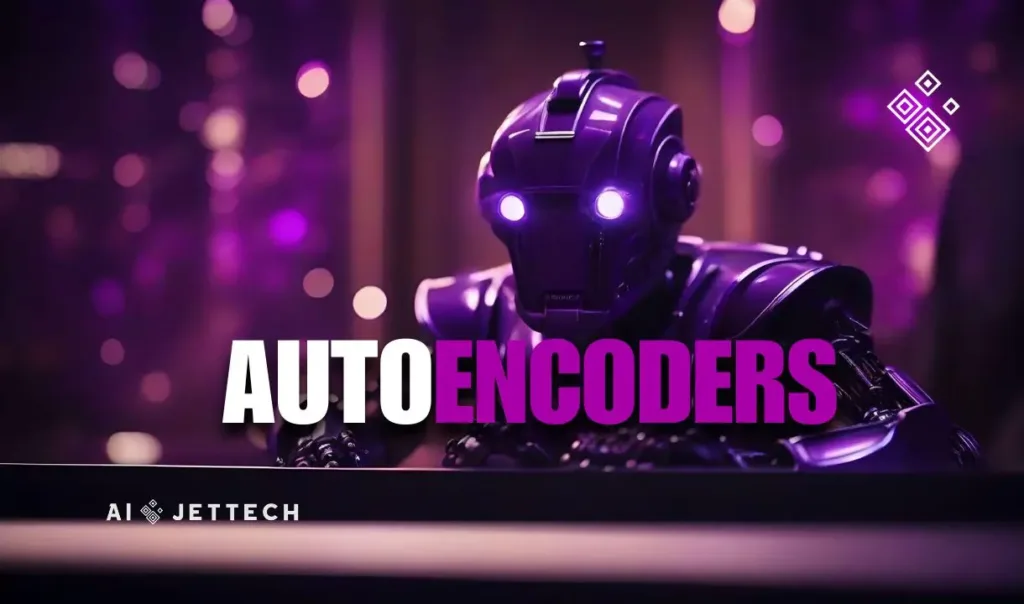
What is Autoencoders? Autoencoders, a fascinating subset of neural networks, serve as a bridge between the input and a reconstructed output, operating under the principle of data encoding and decoding. At their core, these models are designed to learn efficient representations of data, often for the purpose of dimensionality reduction or feature learning. Basics of […]
Generative Adversarial Networks (GANs)
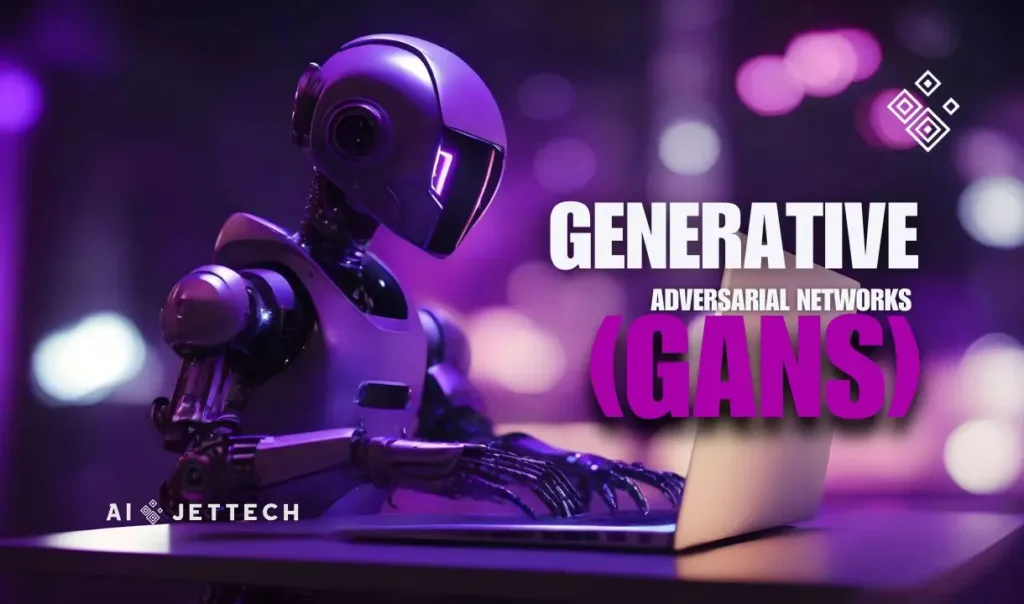
What is a generative adversarial network? At the heart of some of the most groundbreaking advancements in AI, Generative Adversarial Networks, or GANs, present a fascinating method for generating data that is virtually indistinguishable from real-world data. These networks are made up of two models: generators and discriminators. The generator creates new data instances, while […]
AI Regulations and Governance
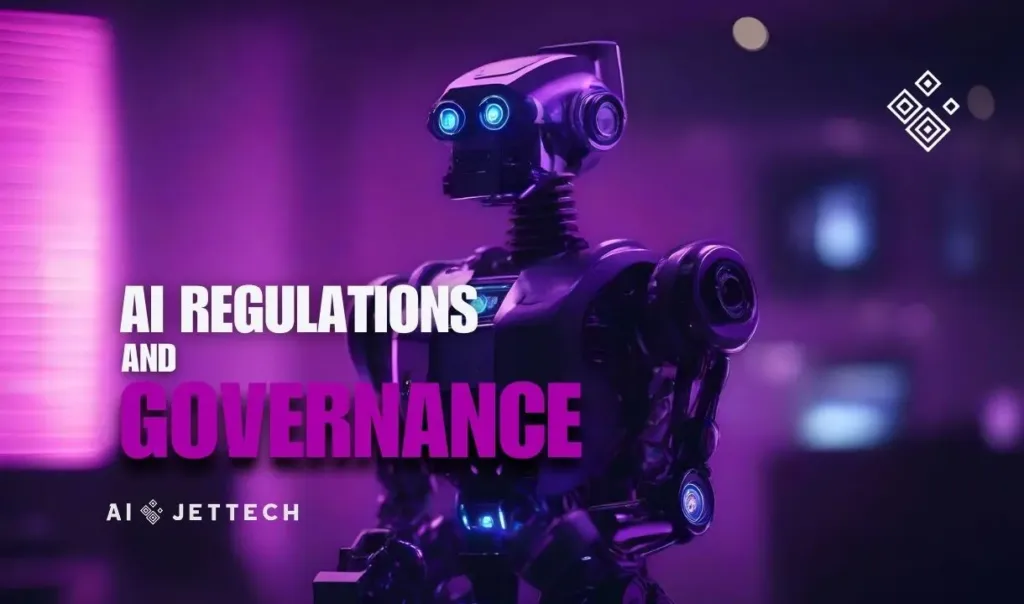
What is a regulation in artificial intelligence? The landscape of artificial intelligence (AI) is as dynamic as it is revolutionary, weaving into the very fabric of our daily lives and reshaping the boundaries of what’s possible. Yet, with great power comes the undeniable need for regulation and governance. This necessity is not born out of […]
AI and Society
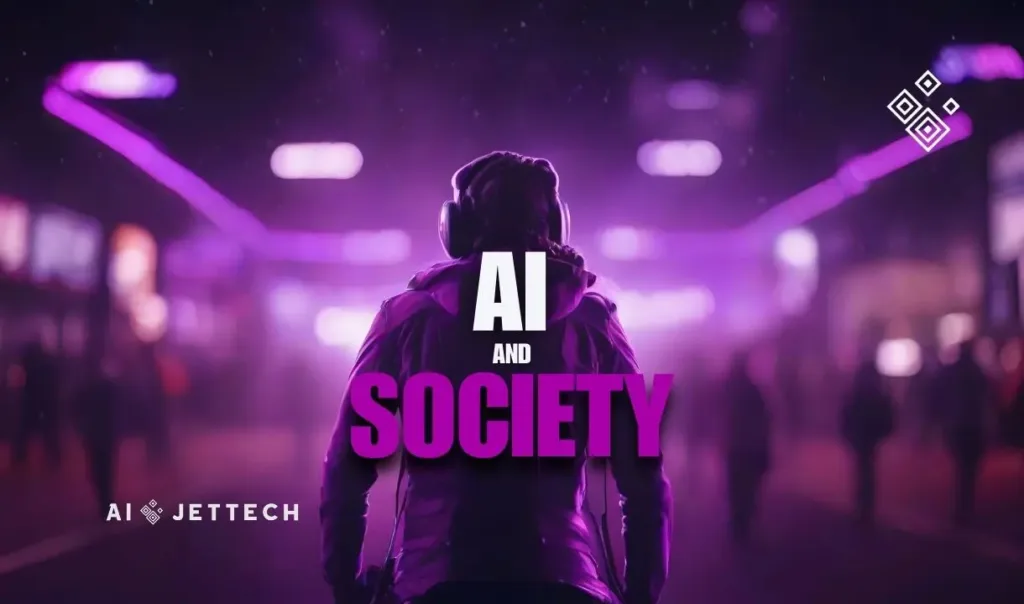
How does AI affect the society? Artificial intelligence (AI) has woven its threads through the fabric of society, subtly altering the canvas upon which our lives are painted. Its influence extends far beyond mere technological advancement, shaping the very structure of our job market, societal norms, and ethical responsibilities. Impact of AI on employment The […]
Interpretability and Explainability
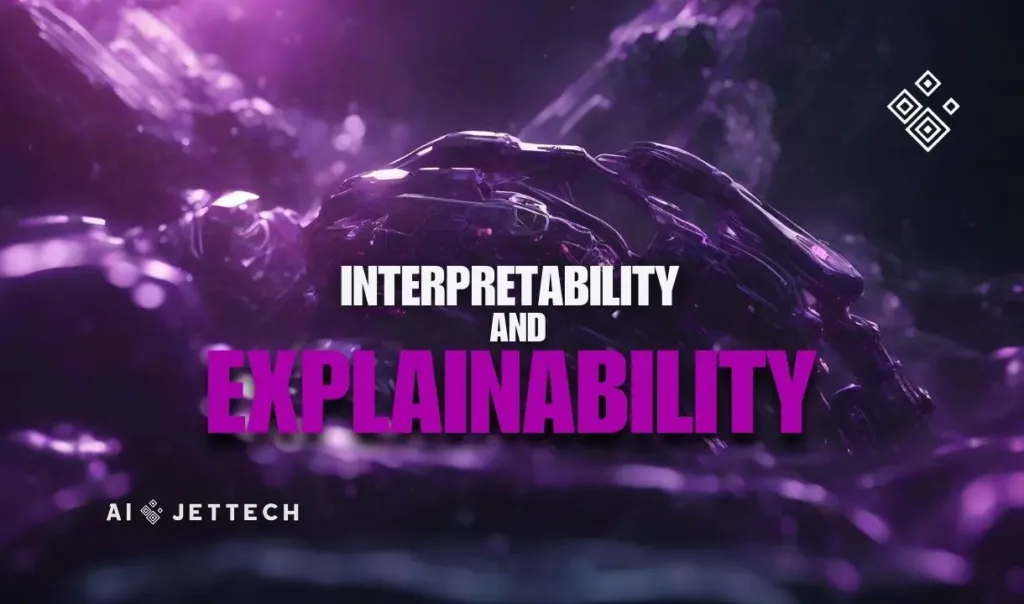
In the realm of artificial intelligence (AI), two terms frequently surface, often used interchangeably yet distinct in their nuances: interpretability and explainability. These concepts serve as the bridge connecting human comprehension and machine decision-making, ensuring that AI’s logic isn’t locked away in an impenetrable black box. What is Interpretability? Imagine you’re a detective, and each […]
Model Deployment
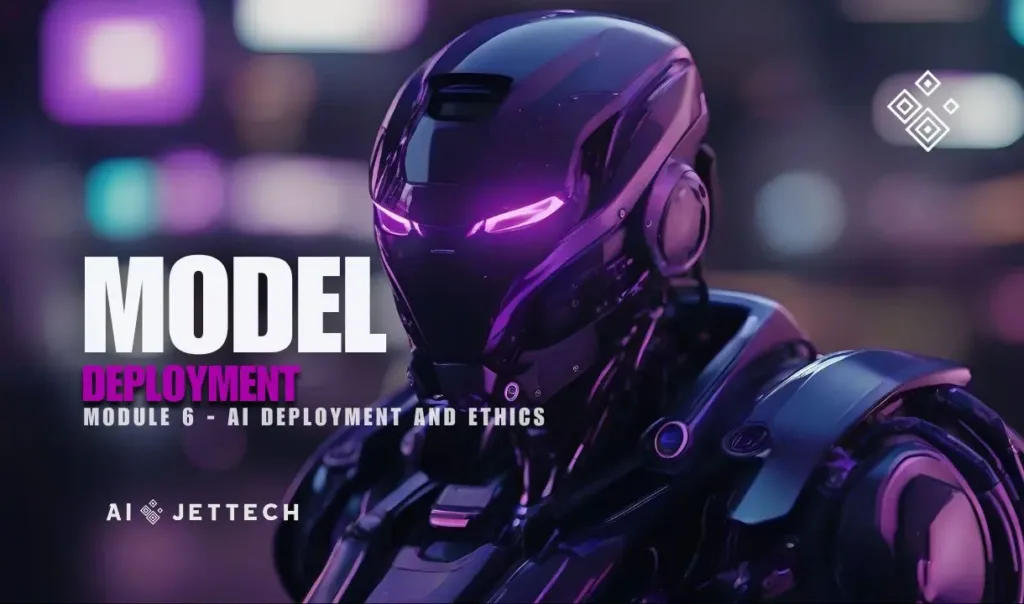
Deploying AI Models in Production Deploying an AI model into production is the process of transitioning the model from a development or testing phase to a live environment where it can start providing value by making predictions or decisions based on new data. This step is crucial for realizing the practical benefits of the model’s […]
Policy Gradient Methods
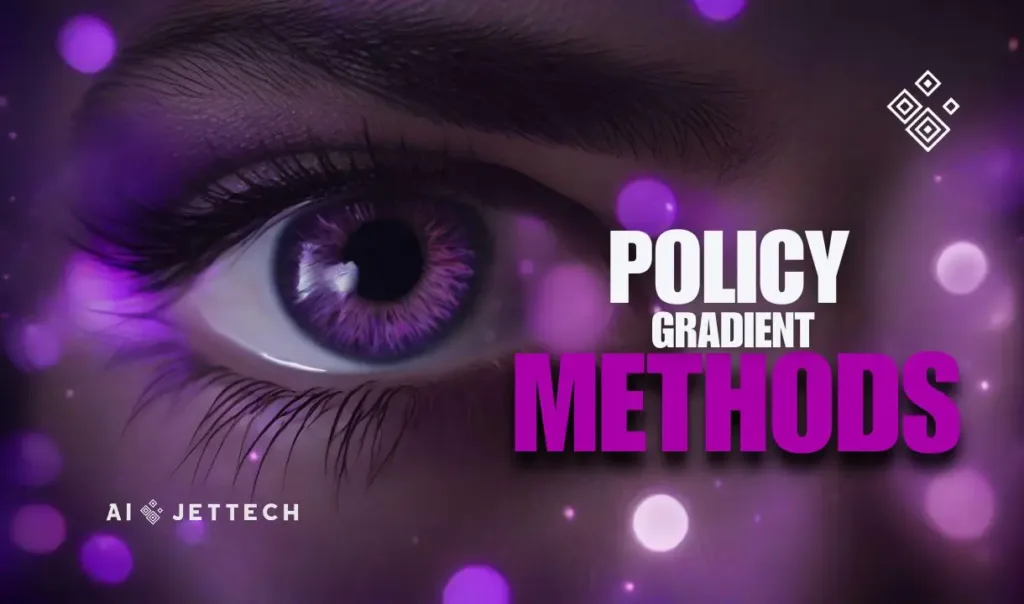
Policy Gradient Methods Reinforcement Learning Delving into the realm of reinforcement learning, policy gradient methods stand out as a strategy that directly tweaks the policy, mapping states to actions, to enhance performance. Unlike methods that estimate value functions, policy gradient methods adjust the policy parameters (θ) by ascending along the gradient of the expected reward. […]
Q-Learning and Deep Q Networks (DQNs)
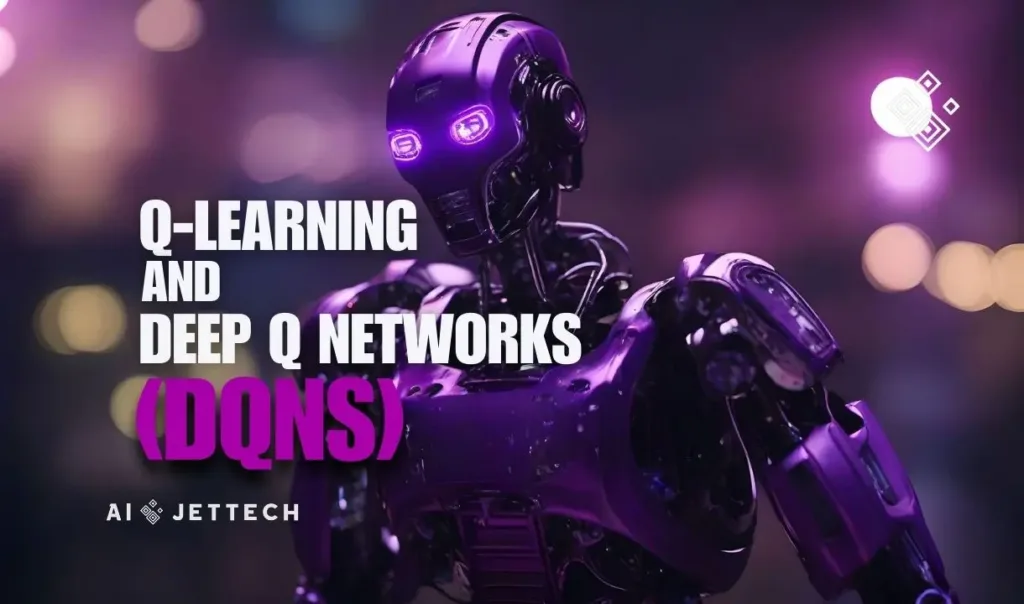
What is Q-learning and deep Q network? In the vast landscape of artificial intelligence, reinforcement learning stands out as a powerful paradigm, enabling agents to learn optimal behavior through trial and error. Among its arsenal of techniques, Q-learning and Deep Q Networks (DQNs) emerge as beacons of innovation, illuminating paths to navigate complex decision spaces […]
Introduction to Reinforcement Learning
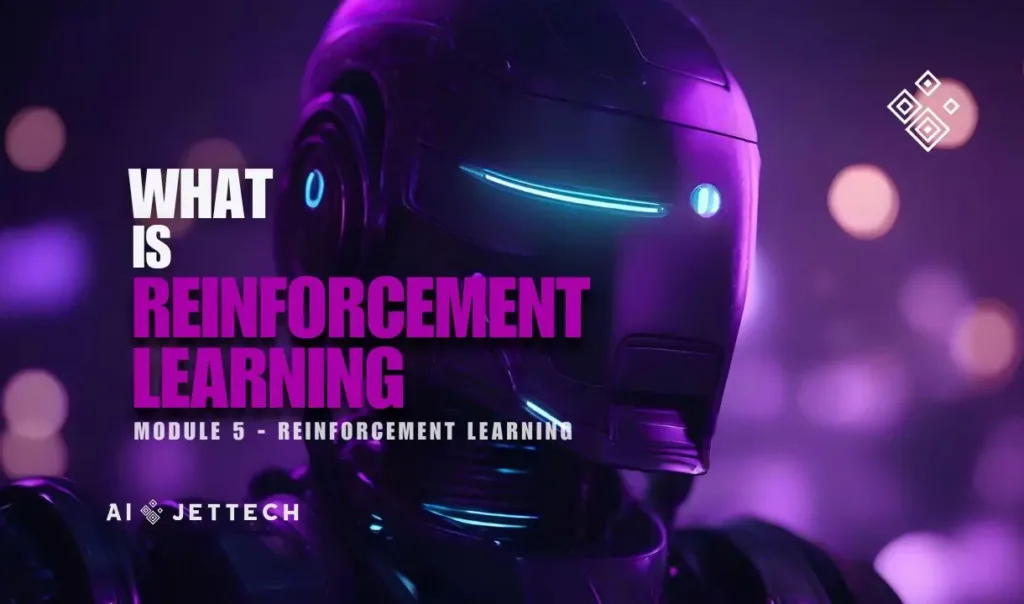
The Genesis of Learning from Interaction In the vast and intricate world of artificial intelligence, the concept of learning through interaction stands as a cornerstone, paving the way for systems that not only understand but adapt. This foundational premise is what we explore under the umbrella of reinforcement learning (RL). At its core, RL is […]
